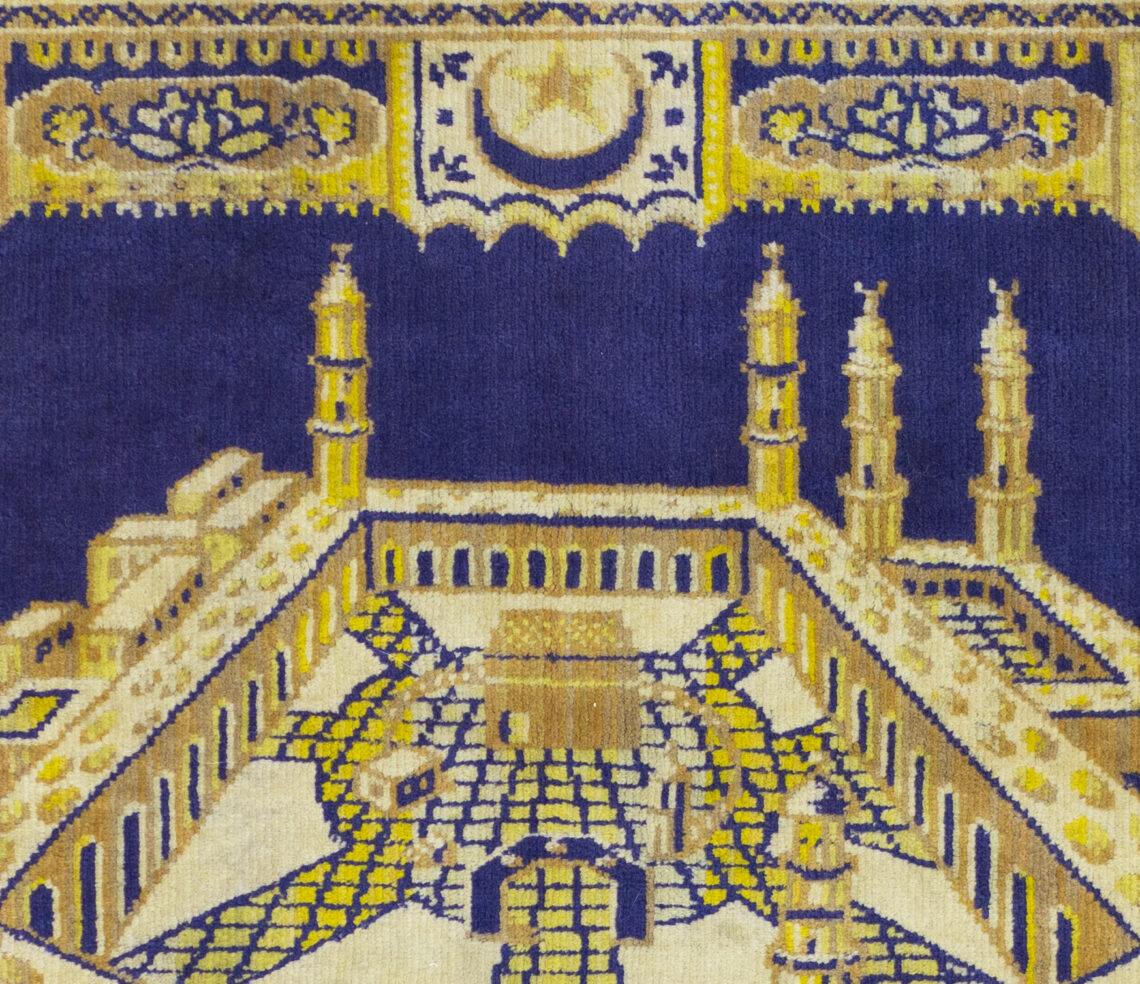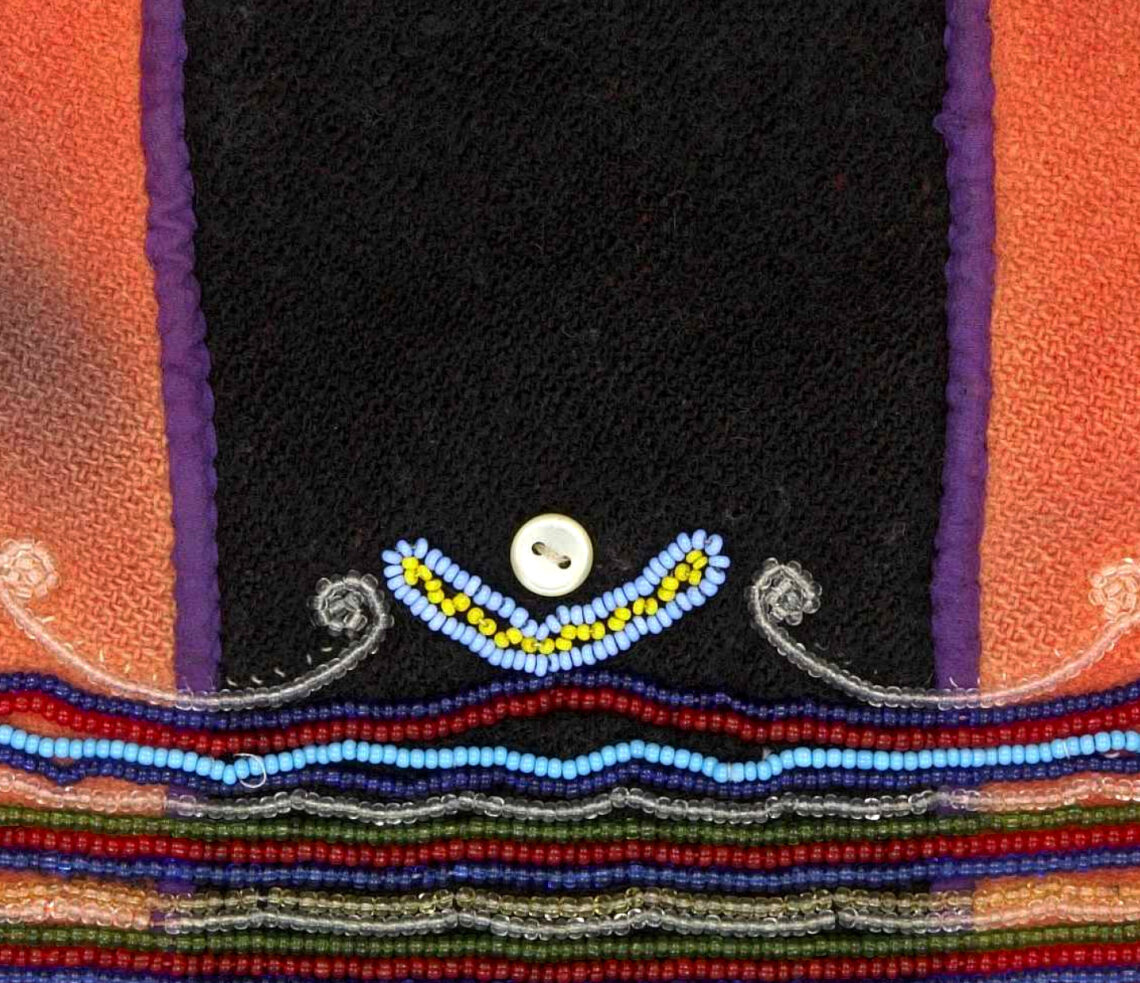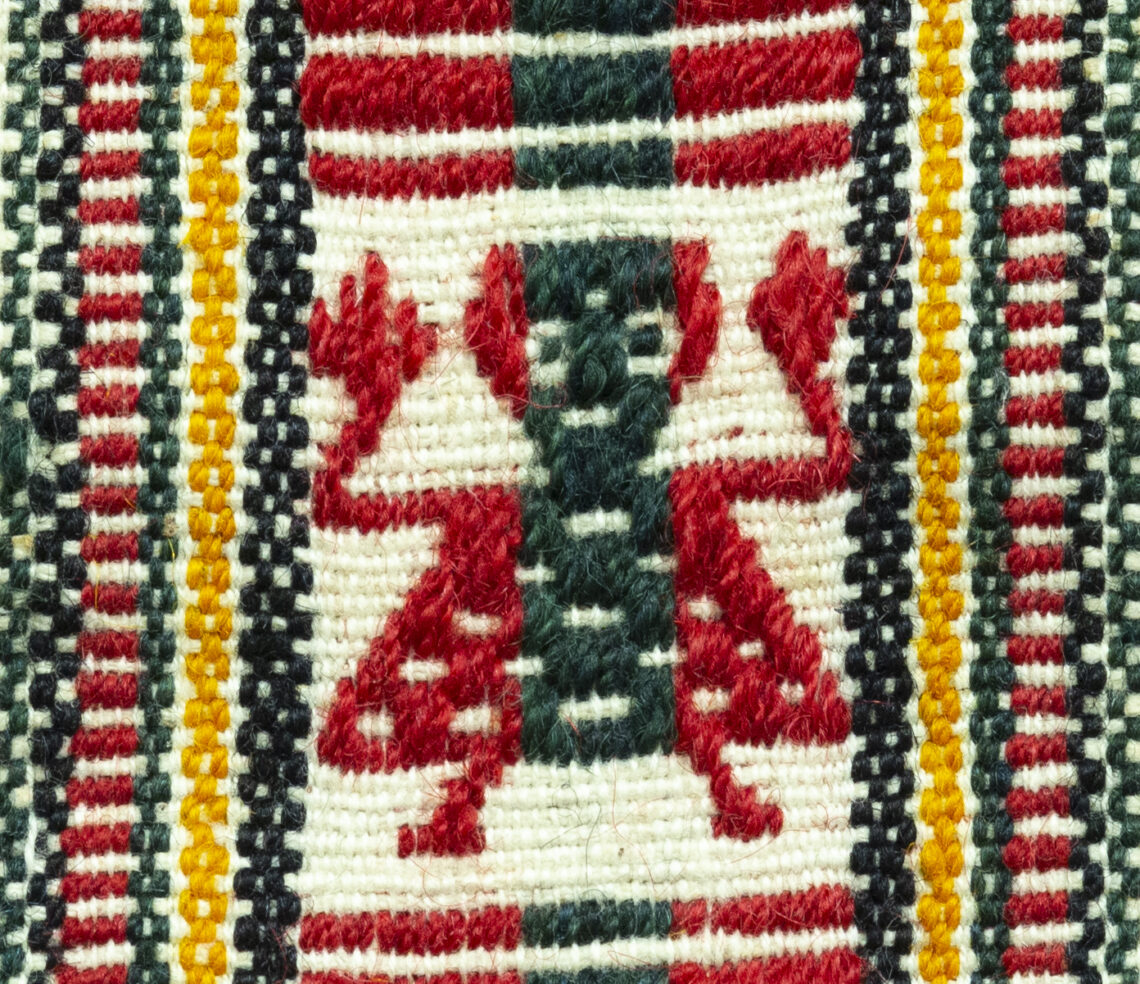Social Being
Through the lens of textiles made in Canada and beyond, Social Being explores the intersections of identity, health and well-being, sustainable design, family, diasporic experiences, and social matters.
Social Being is a series of digital programs that captures conversations about what it means to be human today. It amplifies the social nature of the human condition at a time when the global COVID-19 pandemic stresses limited opportunities for physical interaction. When we collaborate with artists, community members, and cultural organizations we share lived experiences and points of view through studio tours, hands-on workshops, and inspired dialogue. Social Being captures the synergies of these people-focused activities; it is a resource that will shape our work for years to come, hand–in hand–with community workers, artists, writers, and educators.
01. Identity & Society
Textiles convey messages about individuals and groups of people. Images, patterns, colours, materials, and ways of making suggest belonging and kinship, social connections, and deep understanding of individuals, cultures, and subcultures. Textiles shape us as much as we shape them; they can conceal us and they can make us visible.
→ Image | Prayer Rug, Turkey, mid 20th century; cotton; velour, machine woven; 104 x 64 cm; T88.0001
02. Fashion, Sustainability & Design
Textiles can signify our local and global connections to the natural environment. How can we in the 21st century actively care about the implications of materialism, waste, and style trends? Textiles are often made as expressions of love and can be powerful, personal manifestations of one’s sense of self, yet the conundrum of socially responsible use and reuse persists.
← Image | Woman’s Bonnet, Canada, 1890 – 1940; Wool, cotton lining, glass beads, buttons; Hand-sewn, beaded; 26 x 25 cm; T97.0071
03. Family & Diaspora
Textiles create bonds between family and community members; they contain collective memories that are prompted by touch, smell, and stories of togetherness. Living traditions of making, using, and storing family belongings form intergenerational bonds. Textiles are easily transported and can be moved from place to place with relative ease.
→ Image | Belt (Chumbi), Ecuador, mid 20th century; wool; woven; 174 x 8.5 cm; T03.51.2
04. Wellbeing, Health & Healing
Textiles are good for us; they protect from harsh weather conditions, safeguard food, provide comfort and shelter, and ensure personal safety. Humans connect with textiles as agents of spiritual wellbeing and as a conduit to ancestral knowledge. The activity of making them by hand encourages opportunities for social exchange.
← Holly Chang, Purple Quilt Documenting the Chinese Exclusion act and the Chinese Head Tax (detail), 2021, 122 x 91 cm; courtesy of Holly Chang. Photo: Holly Chang
06. Sponsors & Partners
We extend our most sincere thanks to our generous sponsors and supporters.




